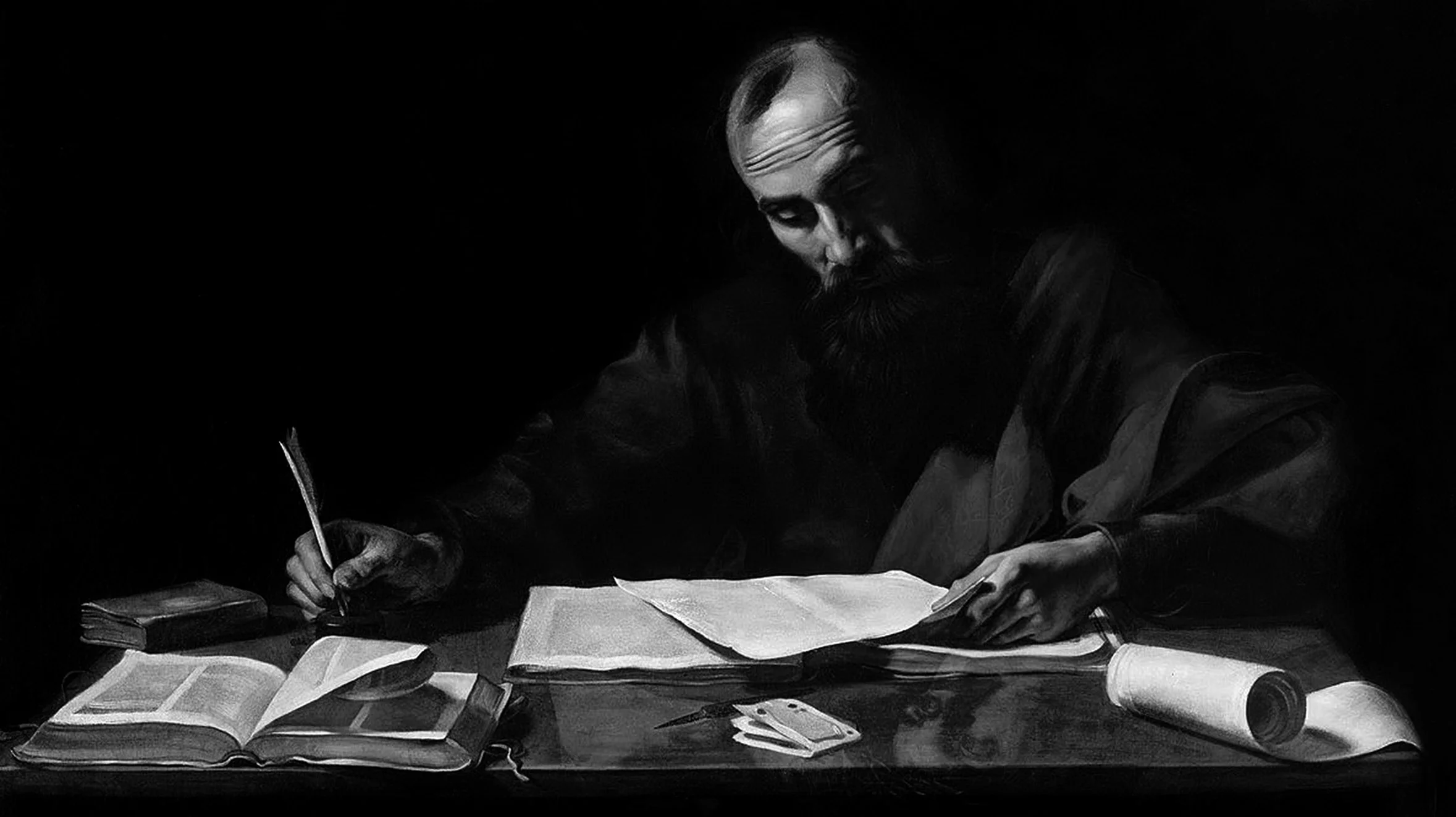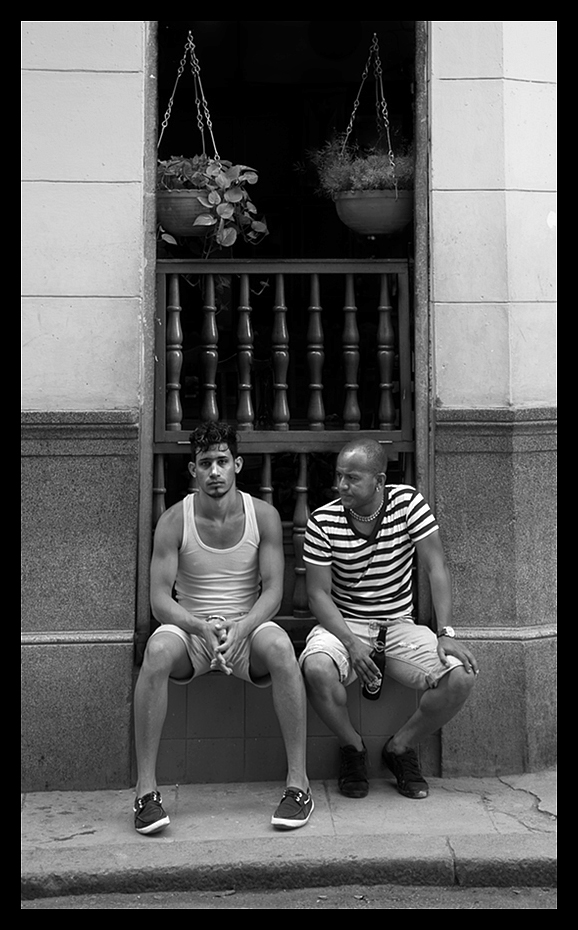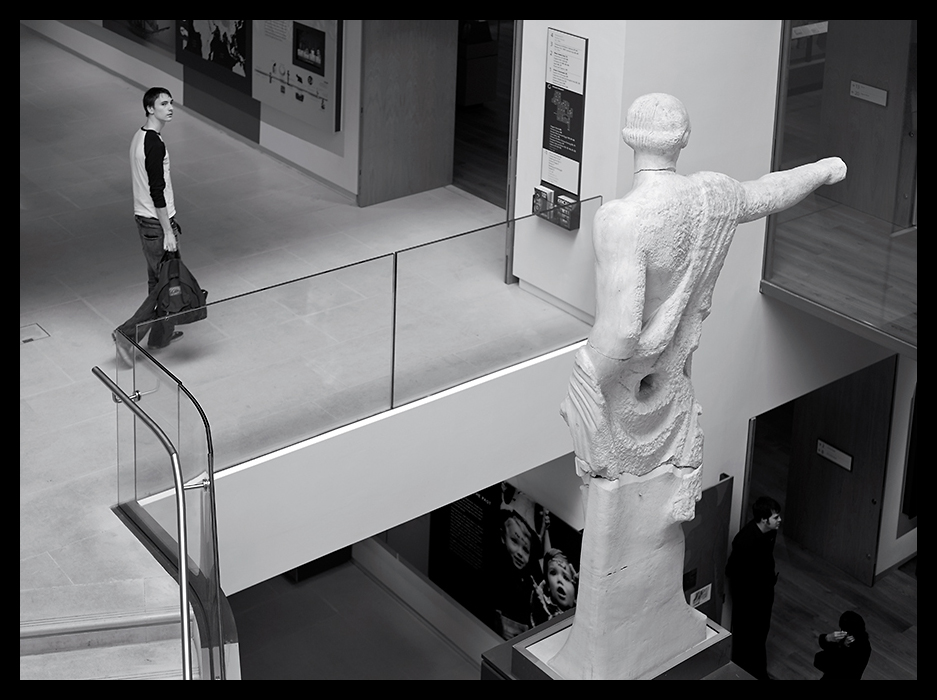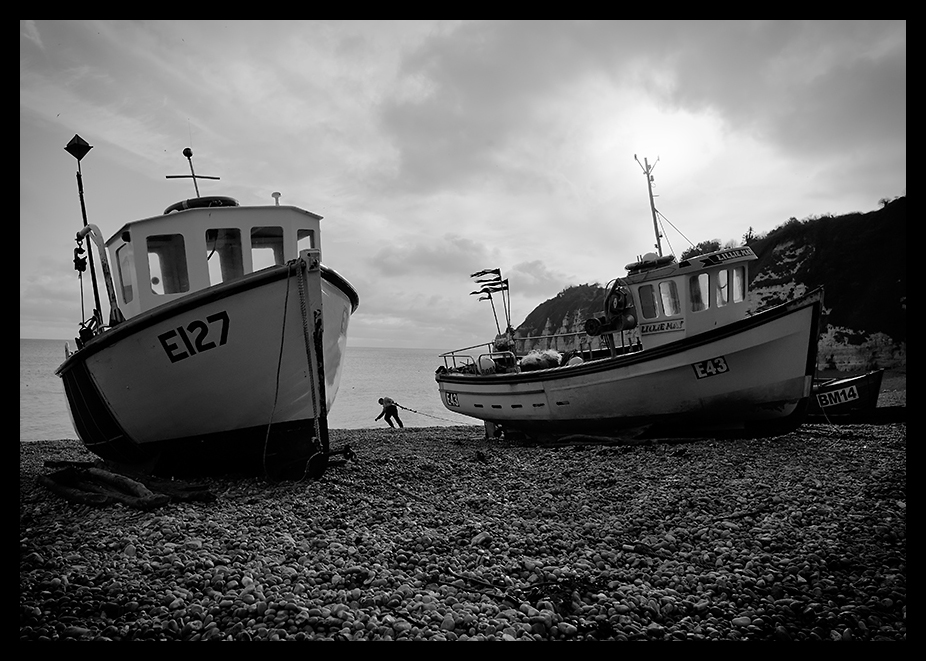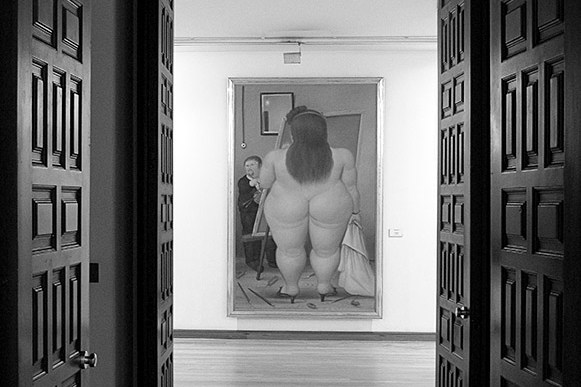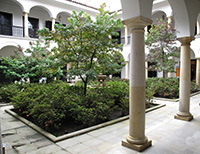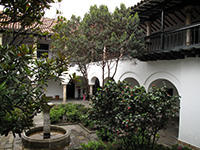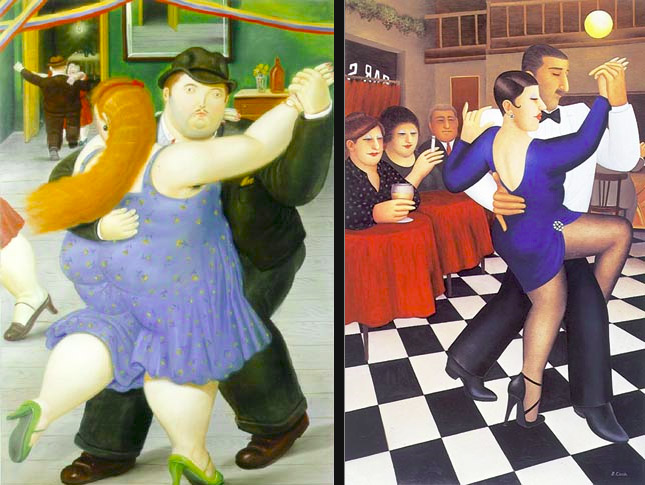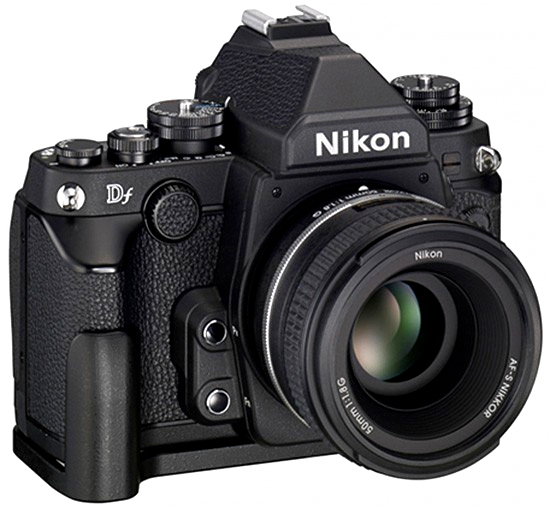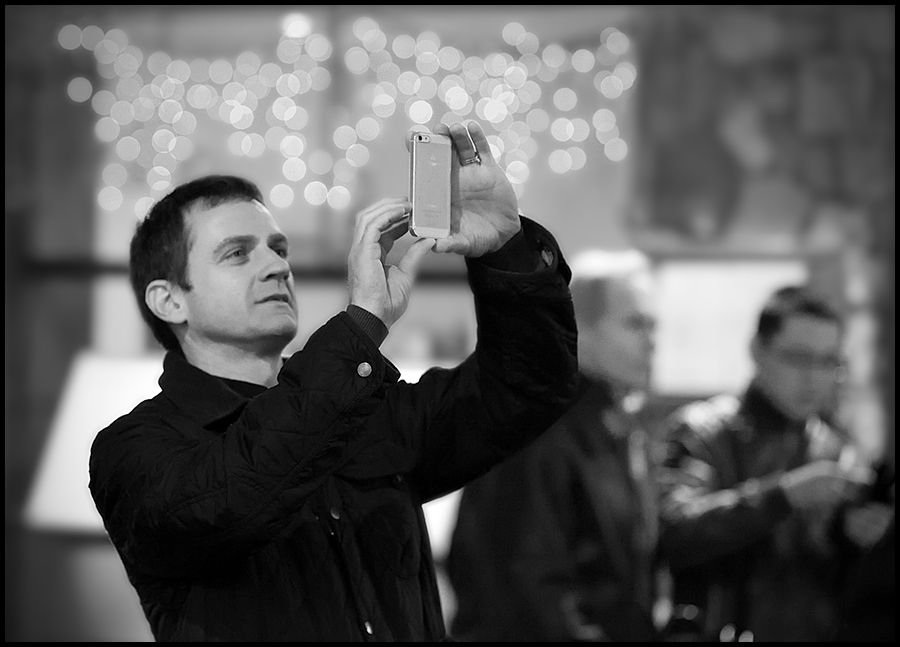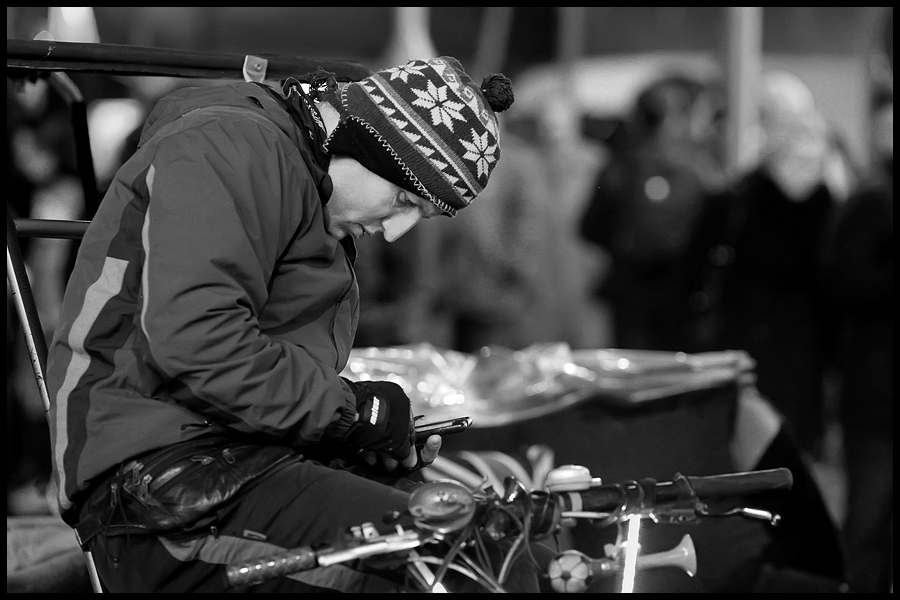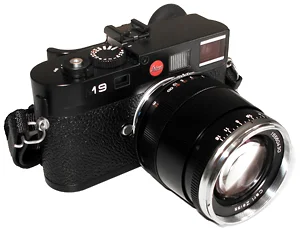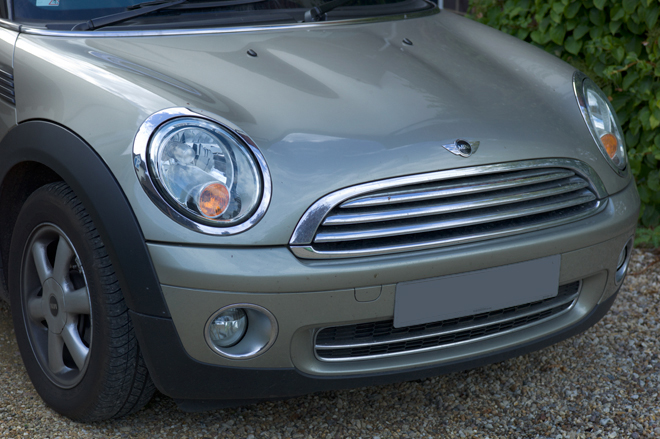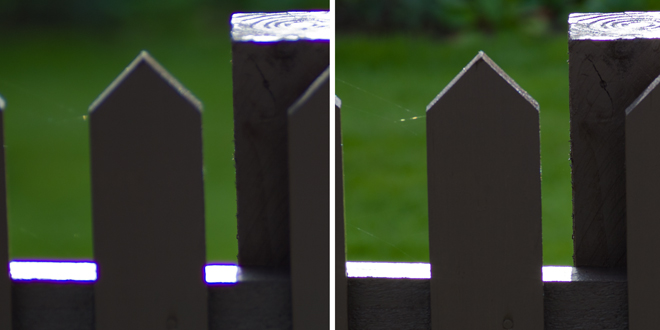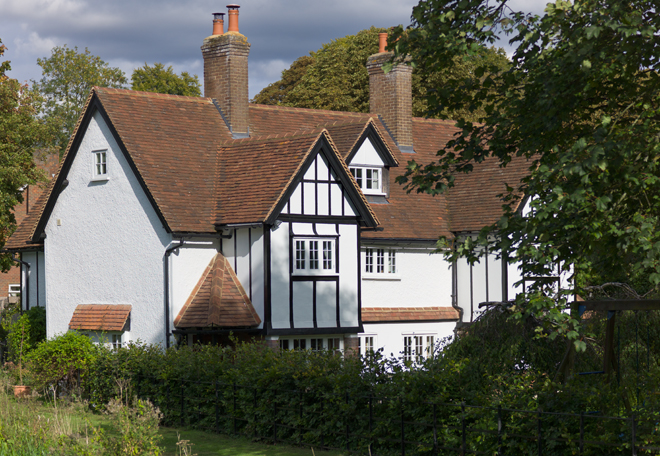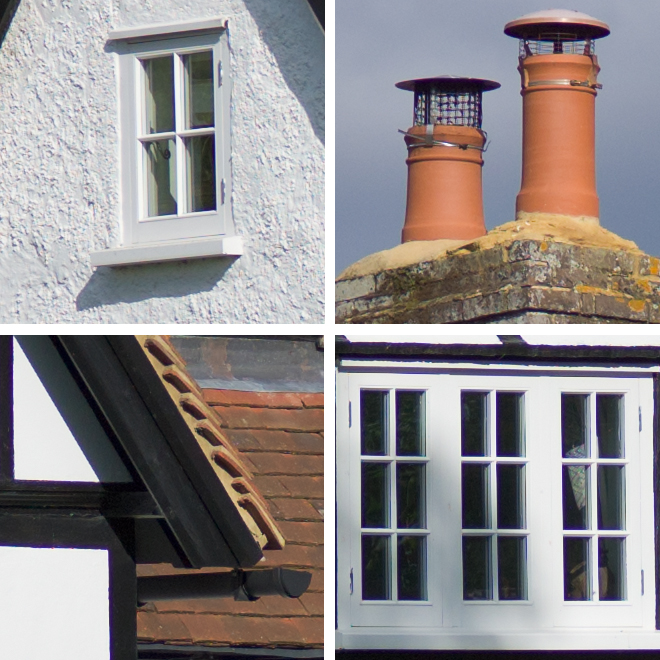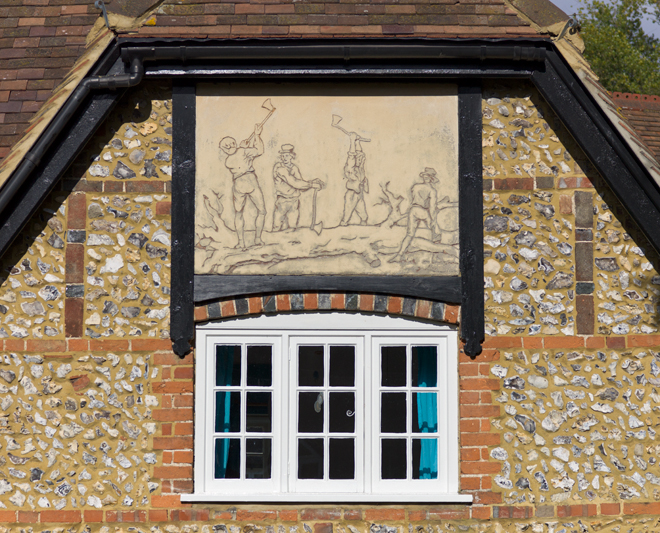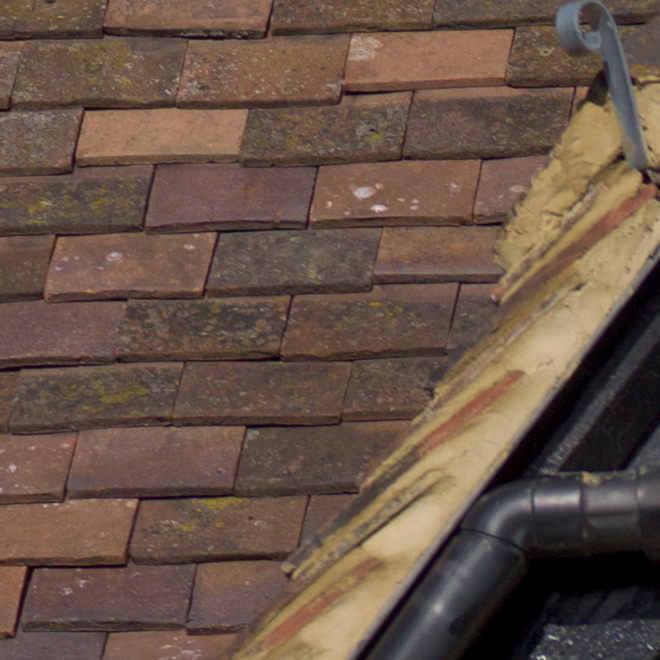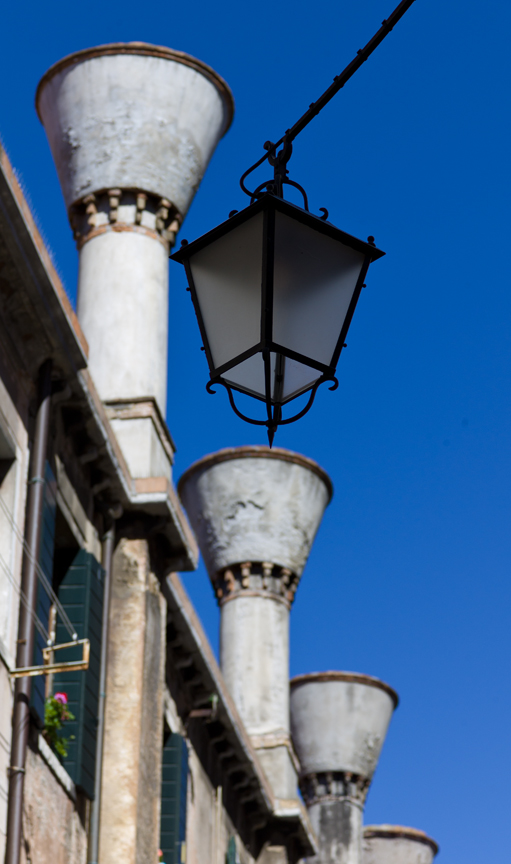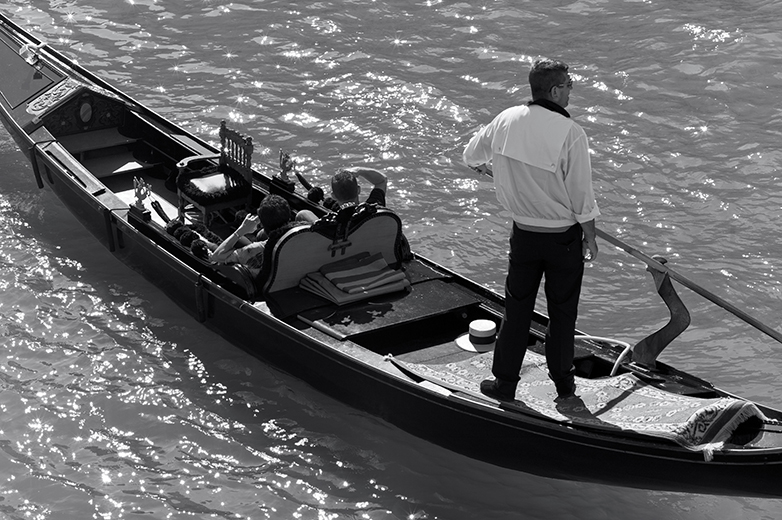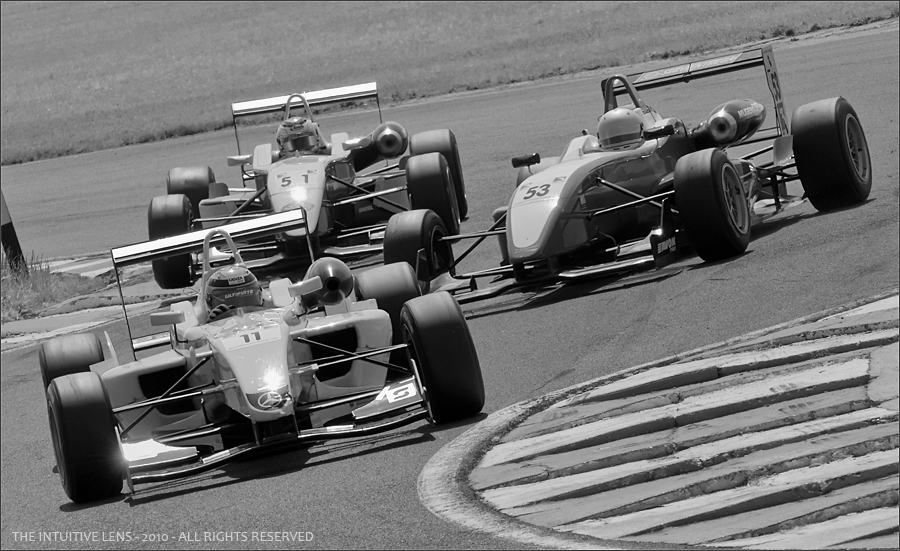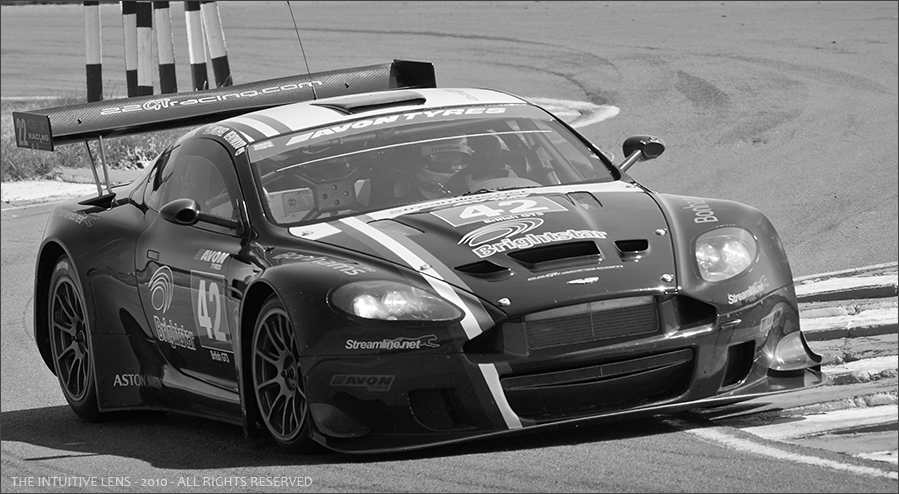photography and philosophy
Ming Thein is something of a recent photographic phenomenon, although he wouldn’t thank me for saying that. Those that have discovered Ming’s particular brand of photography and who follow his blog regularly, will readily acknowledge that he is a breathtakingly prolific author. A passionate, enthusiastic, one might even say highly opinionated exponent of Master Grade imagery, he has seemingly forged his newly won prominence out of the web's photographic firmament in just two short years. That's quite an achievement for one so young - approximately 1000 extensive posts, of obviously serious and deep discourse, on all aspects of the subject ranging from in-depth product reviews, through entertaining and thought provoking missives on the technique, craft , and above all, the philosophy of the art form. For that’s what it is, as he sees it. To say he takes it all very seriously is something of an understatement. And, that is where he scores so heavily in the cut-throat competition for our attention.
Ming hails from Kuala Lumpur, but he has a very broad world view, as is evident from his extensive Flickr portfolio. Looking critically at his photography and its impressive scope, there can be no doubt that he knows his stuff, and that he can produce very, very attractive work. His more recent fascination with high-resolution 'UltraPrint' printing, and his even more recent Hasselblad Ambassadorship is an example of how he is keen not only to preserve the best of traditional methods, but also to push the boundaries of what’s possible with current technology.
ming's materials
If you search his blog you will find an extraordinarily large compendium of useful and practical help on how to improve your photography. He also offers many instructional videos and even an email-based course tailored to your specific needs.
It was this rich source of well though out content that drew me to his site in the first place. Having bought others’ materials on this subject I have to say my expectations were not high, but Ming has put a great deal of thought and effort into his productions and I have to say that to get the most out of them you need to give his full length articles and videos plenty of time and several readings / viewings to catch all the nuances. They really are packed full of rich pickings for those wiling to learn, and for that matter unlearn old habits and build new, more successful ones. It was in this spirit that I looked at the workshops Ming offers. It was time to break some old habits!
workshops for the aspiring photographer
Ming provides various levels of workshop. Some cover relatively basic material which is otherwise provided in his beginner / intermediate level videos, but of course you have the benefit of his one-on-one help, in person. Others, like the Making Outstanding Images workshop take you on a journey beyond technique into style and interpretation - very helpful if you’ve mastered the technique but want to move onto the next level as a photographer.
Cuban Marketing - One of my Final Images from the Havana Workshop
I’ve participated in many photographers’ workshops in my time, so I am no stranger to the challenges of bringing together several enthusiasts of diverse interest and skill sets, for collective study. They’re not always successful but having read Ming’s material, poured over his images and worked my way through his growing library of video tutorials, I felt that his April, Havana based, Masterclass would likely be photographically very challenging and would help me refine and extend my capabilities and also reinvigorate my own life-long passion for the art. That guess was spot on, and precisely what the Masterclass turned out to be; challenging and richly rewarding.
high standards - help and encouragement
Ming sets himself very high standards at this level, and he expects you to deliver to that very same standard. He has a quick and incisive eye for any weakness in photographic vision, choice of subject, interpretation and treatment, technique, shot discipline, composition, unequivocal and decisive image curation (only show your very best work, dump the rest), post processing and presentation. All images must stand on their own - without title , caption or long winded explanation - and he’s not interested in the one’s that got away! However, most importantly, he is passionately interested in helping you improve your skills, personal vision and style. This was no run of the mill workshop.
Havana Classic Car
The Havana Masterclass began with each participant presenting ten of their very best images, which were sensitively reviewed and criticised, in a positive sense, in order to give Ming a clear understanding of what the individual should concentrate on during the week. He gave us all plenty of time to present our work and discuss our objectives, particular interests, strengths and weaknesses, ending up with three main objectives for each participant to focus on for the week. Each participant would then spend time, on their own, working on these objectives during the day, bring the fruits of their labours to an evening one-to-one review session, for appraisal and guidance, before joining together for dinner and group discussions.
Two's Company
Throughout the week Ming took every opportunity to offer personal guidance to each student, on any element of photographic effort and, in his one-to-one sessions, to help with any particular aspect that was of concern to the individual. In my case I was very interested in his approach to post processing monochrome images and how he manages to retain smooth tonal gradations, deep blacks, sparkling whites and just the right level of global and local contrast to give an image real impact without muddying the overall effect or losing the original ‘energy’ of the image. He delivered.
Under Suspicion?
As the week progressed he also spent time out in the street with each individual, working with them to develop their vision, selection of potential images, potential treatments and interpretations all of which Havana provides in overwhelming profusion.
final selection reviews
The week culminated in a full day of reviews of each participant’s best efforts and a further session of Ming processing selected images from those portfolios to demonstrate alternative treatments and how they could be achieved. The very last session involved Ming curating and critically reviewing his own work in front of the group - warts and all; which we all very much appreciated. We watched him curate some four hundred images, from a pool of 6000 or so he shot in the week, down to his eleven final images! Ironically, he couldn’t bring himself to cut the eleventh. Needless to say, amid a cacophony of good-natured banter, we were all quite clear on which one he should dump. Justice was seen to be done - even for Ming. All of us thought that was brave of him, but it also shows how ruthlessly he drives himself to constantly push the boundaries and achieve the very best images possible.
Buenos Dias!
His striving for new levels of excellence rubbed off on all of us. I highly recommend you sign up for one of his Masterclasses - you will not be disappointed. For those that are interested in gear, all my images shown here were shot during the Havana Masterclass on a Sony A7 with various Sony lenses. I have since moved on from the Sony range.
